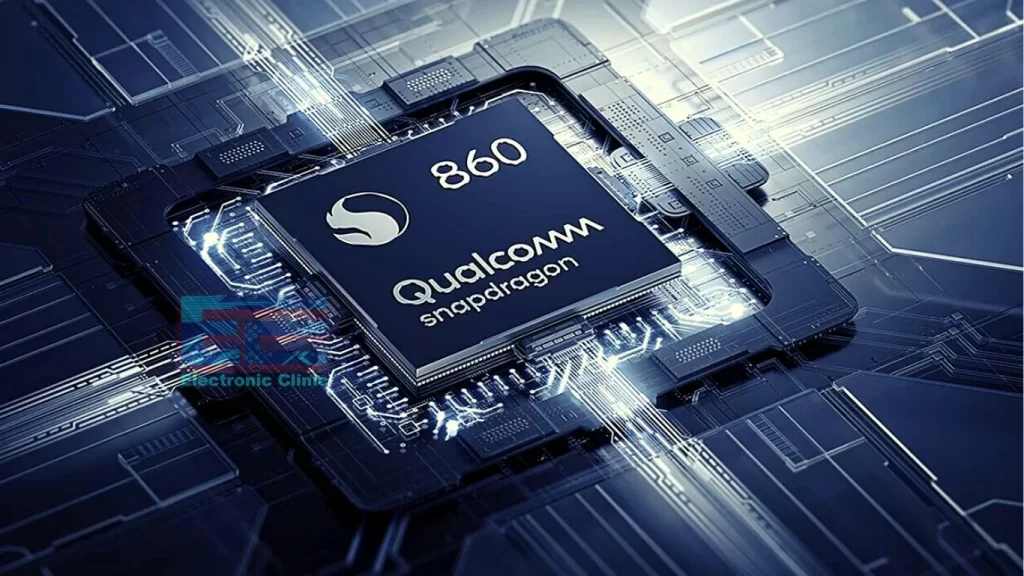This year’s Qualcomm event was all about AI, and it promised not only to revolutionize smartphones and PCs but also to create a level of interoperability that has been promised for years but never delivered, not even by Apple, which has a significant advantage over everyone else because it’s vertically integrated.
If Qualcomm delivers on its promises, the platform could enable one of its OEMs, such as Lenovo, to finally introduce solutions that cross both platforms, effectively outperforming what Apple currently offers.
Let’s talk about how Qualcomm kicked butt last week, and we’ll wrap with my Product of the Week, the Solgaard Carry-On Closet suitcase.
Snapdragon 8: The King of AI on Smartphones
Snapdragon 8 is now the new king of smartphone solutions with a CPU, GPU, and a new NPU (neural processing unit) for smartphones.
Qualcomm promises not only to improve efficiency and performance but also to embed AI capabilities previously thought impossible in PCs, let alone smartphones. When coupled with a comprehensive set of sensors, this solution will have us doing more with our smartphones than we ever thought possible.
Qualcomm demonstrated features that could massively change the utility of smartphones and make them an even bigger part of our lives than they are currently. Let’s walk through some of the coming improvements expected to debut in high-end smartphones before gradually becoming widely available over the years.
Exercise
Coupled with AR glasses, Qualcomm demonstrated how your phone could become an even bigger exercise coach than it is currently.
With custom training programs, AI-generated avatar trainers, and sensors that can assure your air quality and whether you are properly hydrated, smartphones with this capability could do a better job than Peloton does in more places and for far less money.
In addition, Peloton could use this technology to up its game by providing even more personalized instruction.
This new tech could be a game changer for those of us who want to be more fit.
Sound
Qualcomm demonstrated how its Bluetooth and audio technology could revolutionize how we listen to concerts, political events, comedy shows, and conferences.
With multiple channels available and a far greater potential sound range, these future smartphones, earbuds, or headphones could translate the content language of our choice by using either a separate sound stream or the AI in the phone to provide the verbal content in your language.
The feature could let you easily choose and switch between audio sources in a public setting like a bar or gym, allowing you to tune into a specific TV or sound source that interests you. This capability elevates the sound quality and makes it more targeted. It’s particularly beneficial in venues with many non-native speakers or listeners, making events more accessible to larger and diverse audiences.
Qualcomm demonstrated two different technologies. One using an advanced camera from Samsung highlighted how the camera would take a large image that could be, post-shot, zoomed in to capture the element you needed without any visible loss of resolution. This same technology using AI tracking could provide a near automatic way to follow the action, without panning the camera, at a sporting event for pictures or video.
The other approach is to use AI to derive parts of the picture that were cut off by the photographer. This feature worked on everything except faces, and the result was a bit over-the-top creepy. These technologies aren’t mutually exclusive, though you do need a special optical sensor for the first case. In both cases, you could improve a poorly shot photo long after leaving the location where you initially took it.
Generative AI
Qualcomm demonstrated how generative AI could make Siri look like an idiot by allowing conversations between the user and their phone to create better results, entertain, or form a deeper relationship with the AI in the phone.
Qualcomm made a big point about how running these large language models (LLMs) on the phone is a game changer, dramatically reducing the costs associated with the technology and latency and providing a lower price and better performance in one move.
PC/Smartphone Integration
Qualcomm highlighted a level of PC/smartphone symbiosis much more advanced than anything I’ve seen. The technology allows seamless cursor and file transitions between smartphones, tablets, and PCs, making switching between platforms and migrating files easier.
It uses the screens of all three devices to expand screen real estate and allow a wireless connection between them to behave more like what you’d see from connected monitors to the same PC. This move should put Apple on notice that it needs to up its game, or it’ll fall well behind this latest Qualcomm effort.
Qualcomm also introduced the Snapdragon X Elite processor, boasting a substantial boost in PC performance alongside a dramatic reduction in energy use. This innovation could enable laptops to deliver multiple days of battery life, outperforming any competitor in the same class.
Credit; TechNewsWorld











